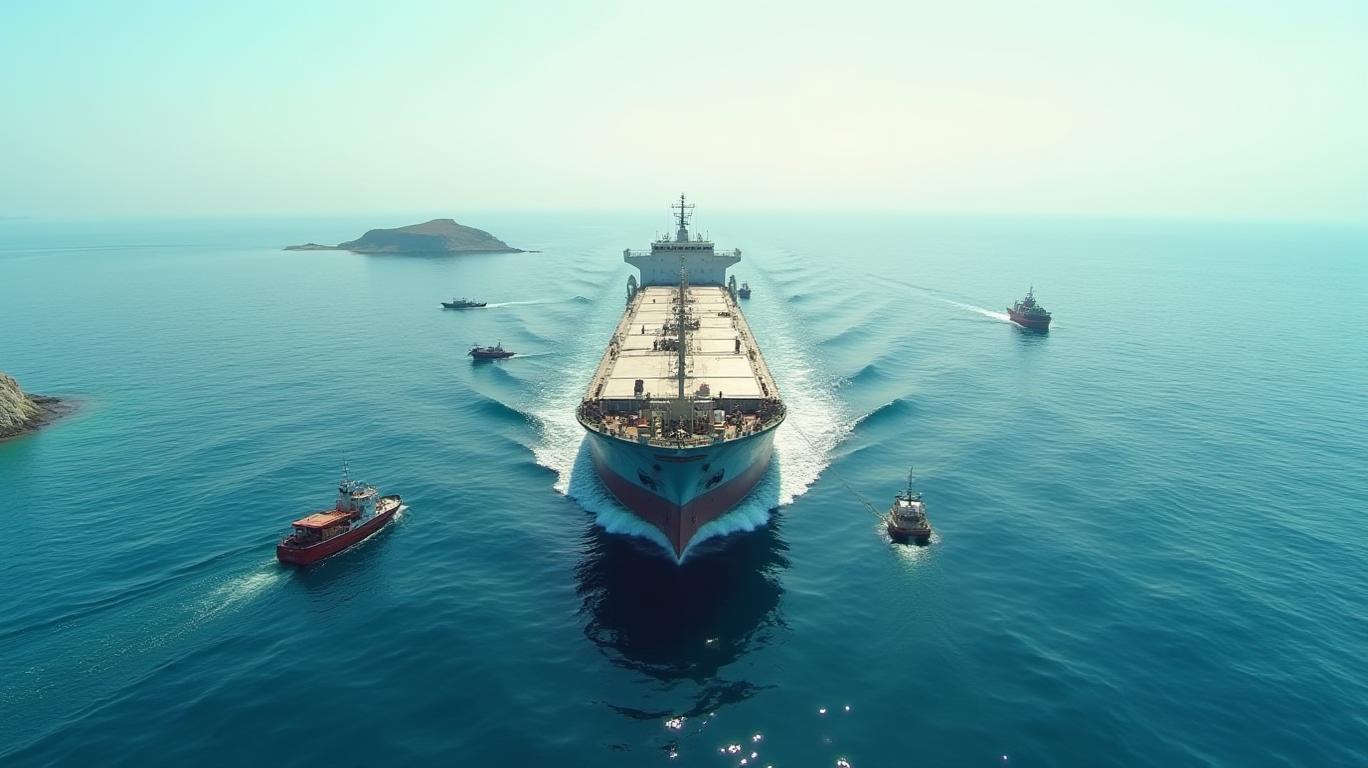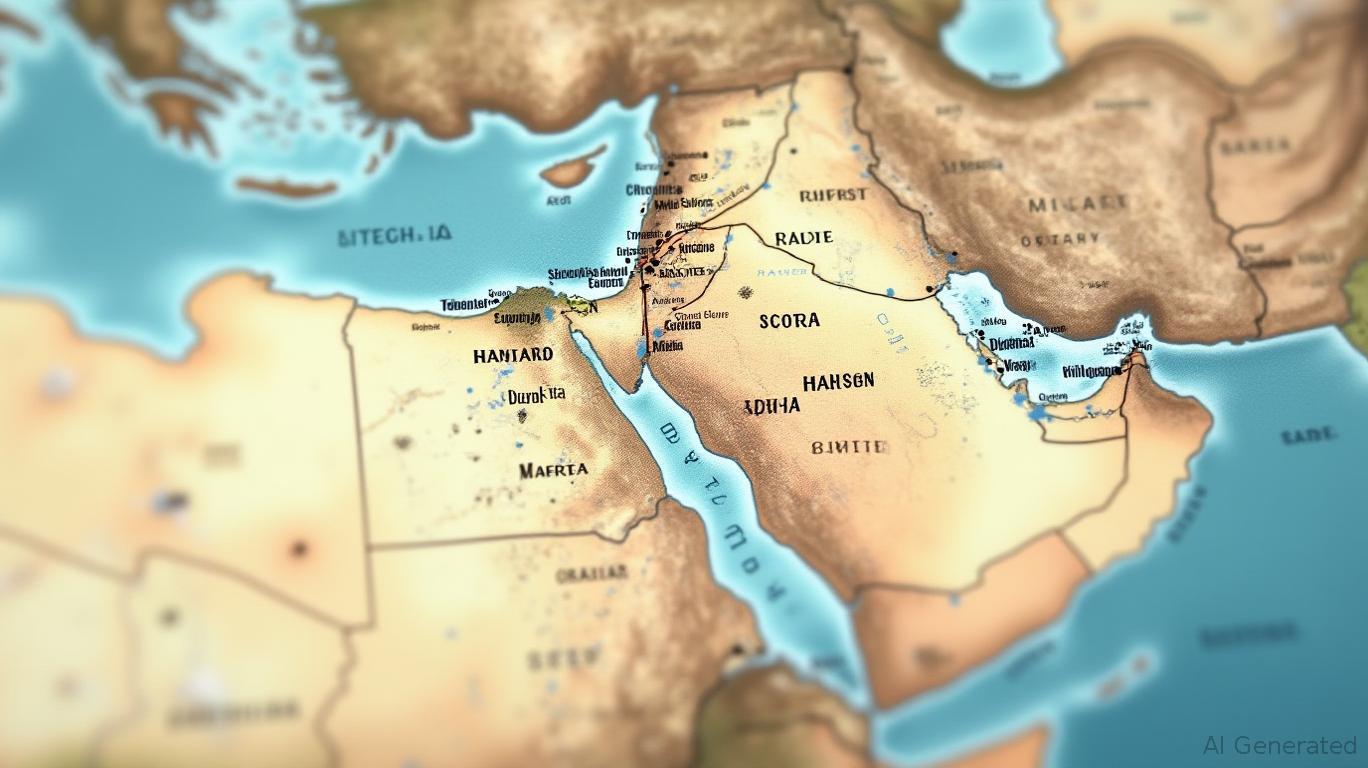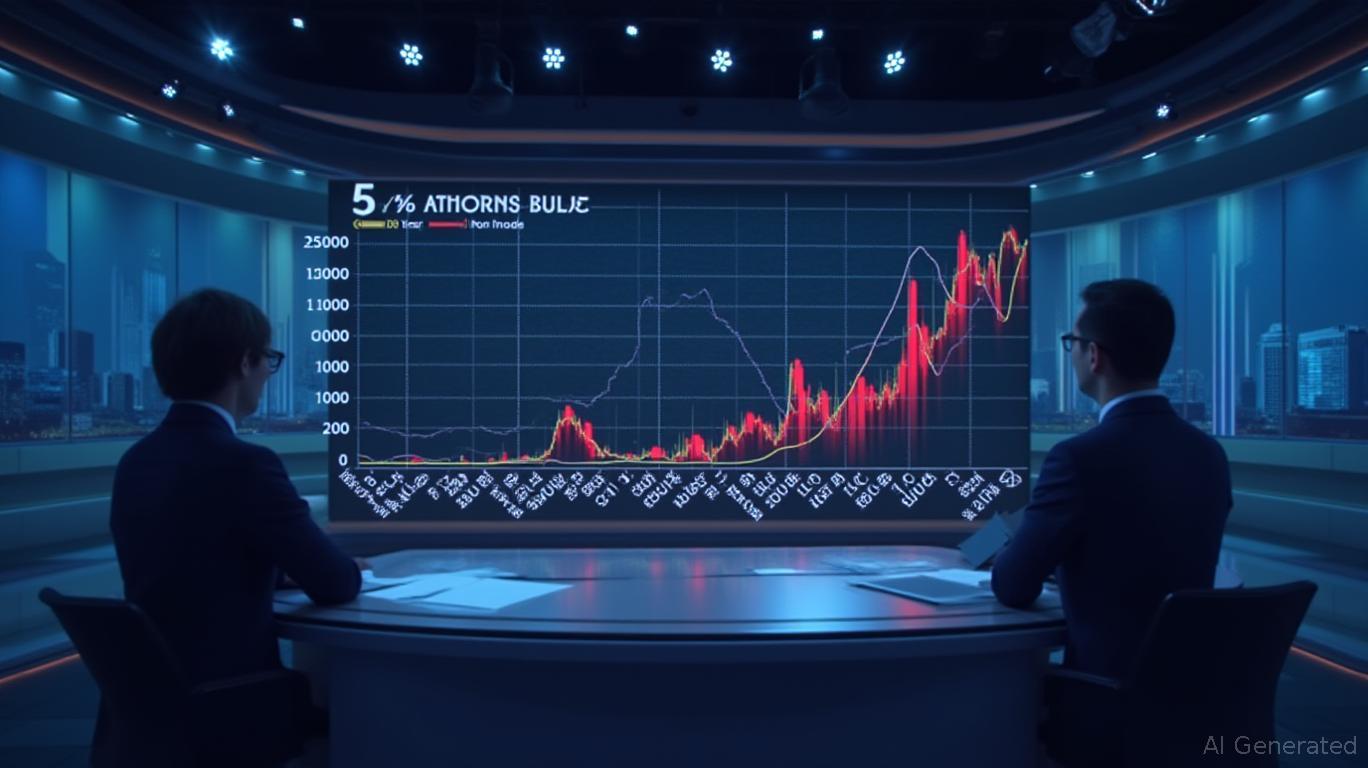Bandar Abbas Port Explosion: A Geopolitical Flashpoint for Global Markets
On April 26, 2025, a powerful explosion rocked the Shahid Rajaee port in Iran’s strategic southern city of Bandar Abbas, as reported by the semi-official Tasnim News Agency. The blast, centered in an administrative building within the port complex, sent shockwaves through the region and global markets. While no immediate casualties were reported, the incident underscores the fragility of Iran’s critical infrastructure and its broader implications for energy security, geopolitical stability, and investment risks.
Ask Aime: "Stocks Reeling Over Iran Port Explosion Impact"

The Incident and Its Immediate Implications
The explosion occurred amid heightened regional tensions, including ongoing U.S.-Iran nuclear negotiations and sporadic military posturing. Tasnim cited local officials confirming the blast’s severity, describing it as powerful enough to shake the ground and be heard in nearby towns. Initial reports noted the focus on an administrative building, but the cause remains under investigation. This contrasts with a separate incident the following day—the capsizing of Iran’s Sahand warship at the same port—attributed to technical failures during repairs. Together, these events highlight vulnerabilities in Iran’s maritime and industrial sectors, raising concerns about sabotage, accidents, or systemic risks.
Strategic Location: Bandar Abbas as a Global Chokepoint
Bandar Abbas’s significance lies in its role as a gateway to the Strait of Hormuz, through which approximately 30% of the world’s traded crude oil transits annually. The port serves as a hub for Iranian oil exports, military logistics, and regional trade. A disruption here could destabilize global energy markets, as seen during 2020’s Houthi attacks on Saudi Arabian oil infrastructure, which briefly halted 5% of global supply.
Ask Aime: How will the explosion at Shahid Rajaee Port affect energy prices?
Economic Impact: Risks to Energy Markets
The port’s operational integrity is critical to Iran’s economy, which relies on oil exports for 40-50% of government revenue. While the April 26 explosion did not directly target energy infrastructure, its timing—amid U.S. sanctions and renewed calls for Iranian compliance with nuclear accords—adds uncertainty. Analysts warn that even minor disruptions could:
- Increase Brent crude prices by $2-$5 per barrel due to fears of supply bottlenecks.
- Pressure Asian and European refiners, which depend on Hormuz’s throughput for 20 million barrels/day of crude.
- Boost alternative shipping routes, such as the Suez Canal or overland pipelines, driving up transportation costs.
Geopolitical Tensions: Sabotage or Coincidence?
The incident’s cause remains speculative, but geopolitical context looms large. Iran has long accused Israel and the U.S. of covertly targeting its infrastructure, including the 2021 sabotage of Natanz’s nuclear facility and the 2023 cyberattack on its oil terminals. The April 2025 explosion occurred during U.S.-Iran nuclear talks in Oman, where both sides sought to revive the 2015 JCPOA. If attributed to external actors, the blast could:
- Derail negotiations, as Iran demands guarantees against further sabotage.
- Escalate military posturing, with Iran threatening to block the Strait of Hormuz, a move that could add $10-$15/bbl to oil prices.
- Strengthen calls for sanctions relief, as European allies weigh economic risks against geopolitical stability.
Investment Considerations: Risks and Opportunities
For investors, the Bandar Abbas incident amplifies risks in energy and geopolitical plays:
1. Oil & Gas Sectors: Companies exposed to Middle Eastern crude exports (e.g., ExxonMobil, BP) may see volatility.
2. Defense Contractors: Firms like Lockheed Martin or Raytheon could benefit from regional militarization.
3. Sanctions-Proof Assets: Gold, cryptocurrencies, or energy ETFs (e.g., USO) may gain appeal as safe havens.
Conclusion: A Catalyst for Instability or Diplomacy?
The Bandar Abbas explosion serves as a microcosm of the region’s vulnerabilities and stakes. With $2 trillion of global oil trade annually passing through the Strait of Hormuz, any disruption reverberates across economies. Investors must weigh:
- Short-term risks: Oil price spikes, sanctions-driven volatility, and geopolitical escalation.
- Long-term opportunities: Post-sanctions Iranian oil exports could add 1-2 million b/d to global supply, easing prices—if stability returns.
The April incident highlights the precarious balance between Iran’s ambitions and its vulnerabilities. For now, markets remain on edge, awaiting clarity on the blast’s cause and its ripple effects on a region that remains a geopolitical tinderbox.
Gary Alexander’s analysis emphasizes the interplay between infrastructure fragility and macroeconomic stakes, urging investors to monitor both Iranian diplomatic moves and Hormuz’s hydrocarbon lifelines.










